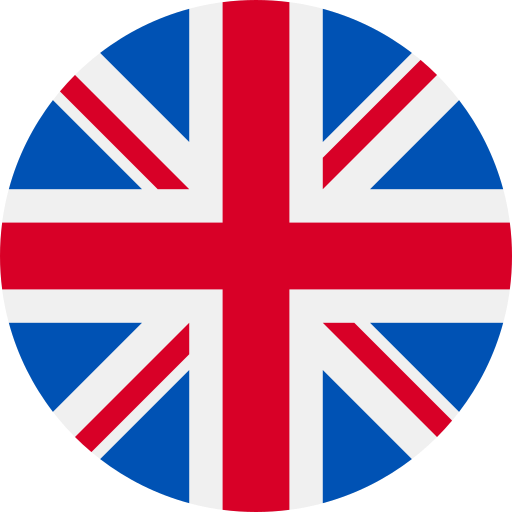
(pressed) to play both cassette sides once:
<1*>*ST0P.
• Deck A will startin play direction <. Press DIRECTION
< t> if you want to copy the other side of the cassette.
• Dubbing will start by pressing at the same fame the
buttons PLAY < on deck A and RECORD O on deck B.
• For synchronised dubbing, press on deck B first
PAUSE
DO
and then RECORD o. As soon as you press
on deck A the PLAY button <, both decks will start
simultaneously.
• Dubbing will continue also if the deck A play direction
is reversed (automatically or by hand using DIRECTION
button -t t>).
• By pressing the deck B PAUSE button
dd,
you can omit
undesired passages while deck A continues, oryou can
insert another cassette in deck A and search for a
particular passage on it. To restart copying, press
PAUSE
DD
once more.
• Using the STOP button □ ofdeck A, deck B will record
a blank part.
• To stop dubbing, press both STOP buttons o. The set
is then switched off.
• When the end of the tape in deck B is reached, the
deck B buttons are automatically released.
CASSETTE PLAYBACK
• Reverse on deck A
• Set the REVERSE MODE button ~ to:
M. (released) for non-stop playback: deck A automati
cally reverses the play direction whenever reaching
the end of the cassette;
(pressed) to play both cassette sides once:
<I*>*STOP. So, deck A starts in play direction <,
reverses at the end the play direction to > and, when
reaching the end again, it stops and releases the
PLAY button.
• The deck A play direction is shown by the PLAY
DIRECTION indicators ®.
• Deck A will start in play direction <, however, you can
reverse the play direction at any moment by pressing
DIRECTION <Jt>.
Cassette playback on deck A or B
• Set MODE selector ® to Q] or [2] TAPE.
• Press EJECT □ and insert a recorded cassette
(fig.3).
• Press PLAY <1 and playback will start.
• Adjust the sound with the controls VOLUME ® and
GRAPHIC EQUALIZER ©.
You may connect stereo headphones with 3.5 mm plug
to socket ® fj. The loudspeakers are then muted.
• During playback, the tape in the other deck should
not be fast forward wound or rewound, otherwise the
actual cassette playback is affected.
• When the end of the tape is reached, the recorder
buttons are automatically released (except for non-stop
play on deck A).
• To stop playback, press STOP □. The set is then
switched off.
Continuous play on deck Ah-B
• Set MODE selector @ to [7| or [2] TAPE.
• Press both EJECT buttons □ and insert a recorded
cassette into both decks (fig. 3).
• Set the deck A REVERSE MODE button «> to
(pressed) to play both cassette sides once.
• Press the deck A button PLAY < and playback will
start.
• After that, press the deck B buttons PAUSE
DD
and
PLAY<I.
• As soon as deck A stops (at the end of play direction
> or when the STOP button □ is pressed), deck B will
start playing back.
• To stop playback, press STOP □. The set is then
switched off.
MAINTENANCE
Maintenance
• Clean the parts indicated in fig. 5 after every 50 hours
of operation or, on average, once a month.
- Open the cassette holder by pressing EJECT □.
- Use a cotton bud slightly moistened with alcohol ora
special head cleaning fluid.
- Press PLAY <J and clean the rubber pressure roller®
(fig. 5).
- Then press PAUSE
DD
and clean the capstan ®,
recording/playback head © and erase head ®.
- After cleaning, press STOP o.
Cleaning of the heads © and © can also be done by
playing the cleaning cassette SBC 114 through once as
an ordinary cassette.
• The recorder-mechanisms are fitted with self-lubrica-
ting bearings and therefore must not be oiled or greased.
• Do not expose the set, batteries or cassettes to rain
or moisture, or, for any great length of time, to excessive
heat from heating equipment or direct sunshine, e.g. in
motor cars parked in the sun.
• Keep the set and the cassettes away from sand and
do not store the cassettes too close to magnets,
loudspeakers or transformers.
• Rngerprints, dust and dirt on the apparatus can be
removed using a soft and clean, slightly damp leather
cloth. Do not use any cleaning agents which contain
abrasives or solvents such as benzine thinner, alcohol,
refined petrol or ammonia, since they may affect and
harm the cabinet.
This product complies with the radio interference
requirements of the European Community.










